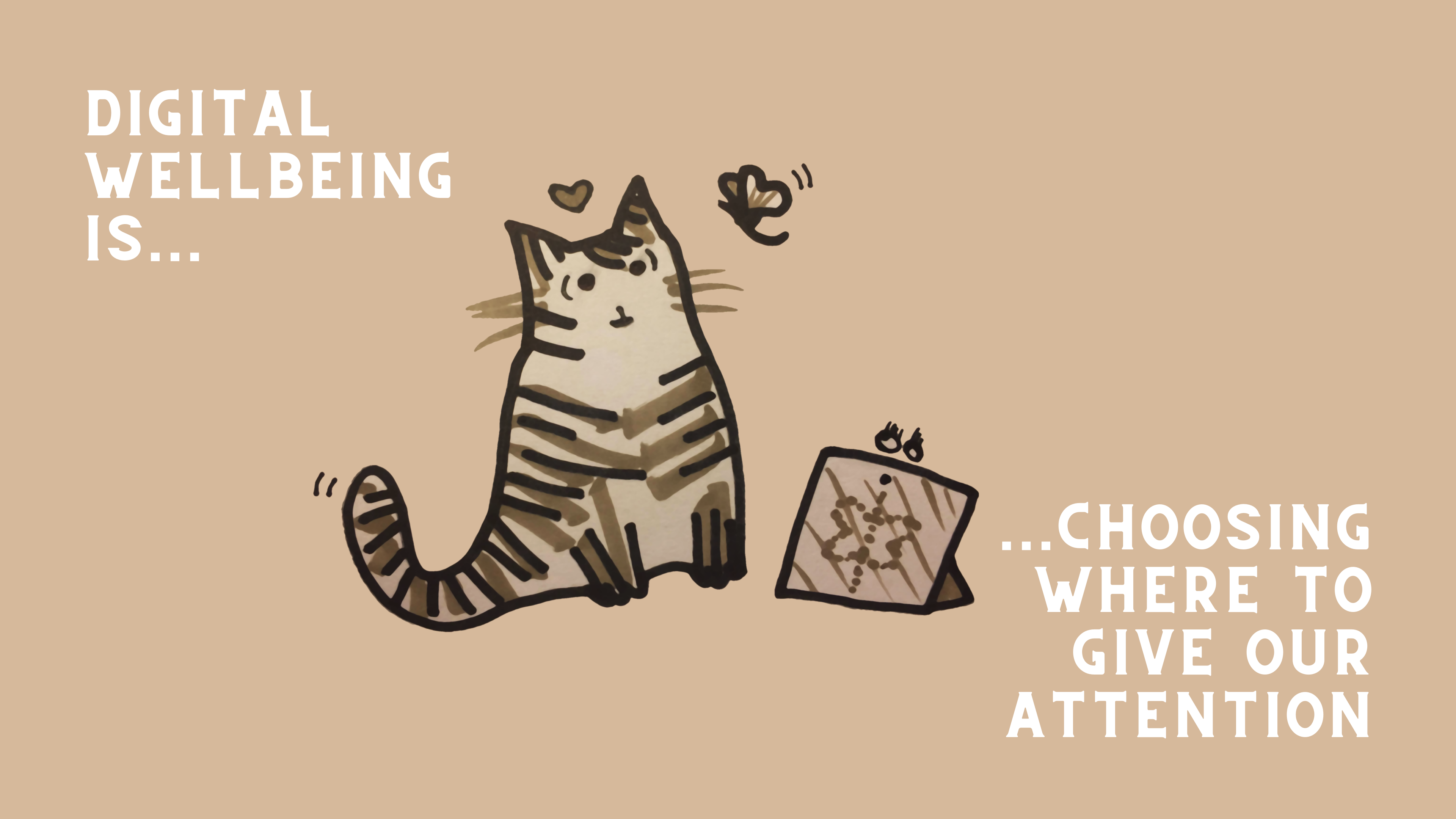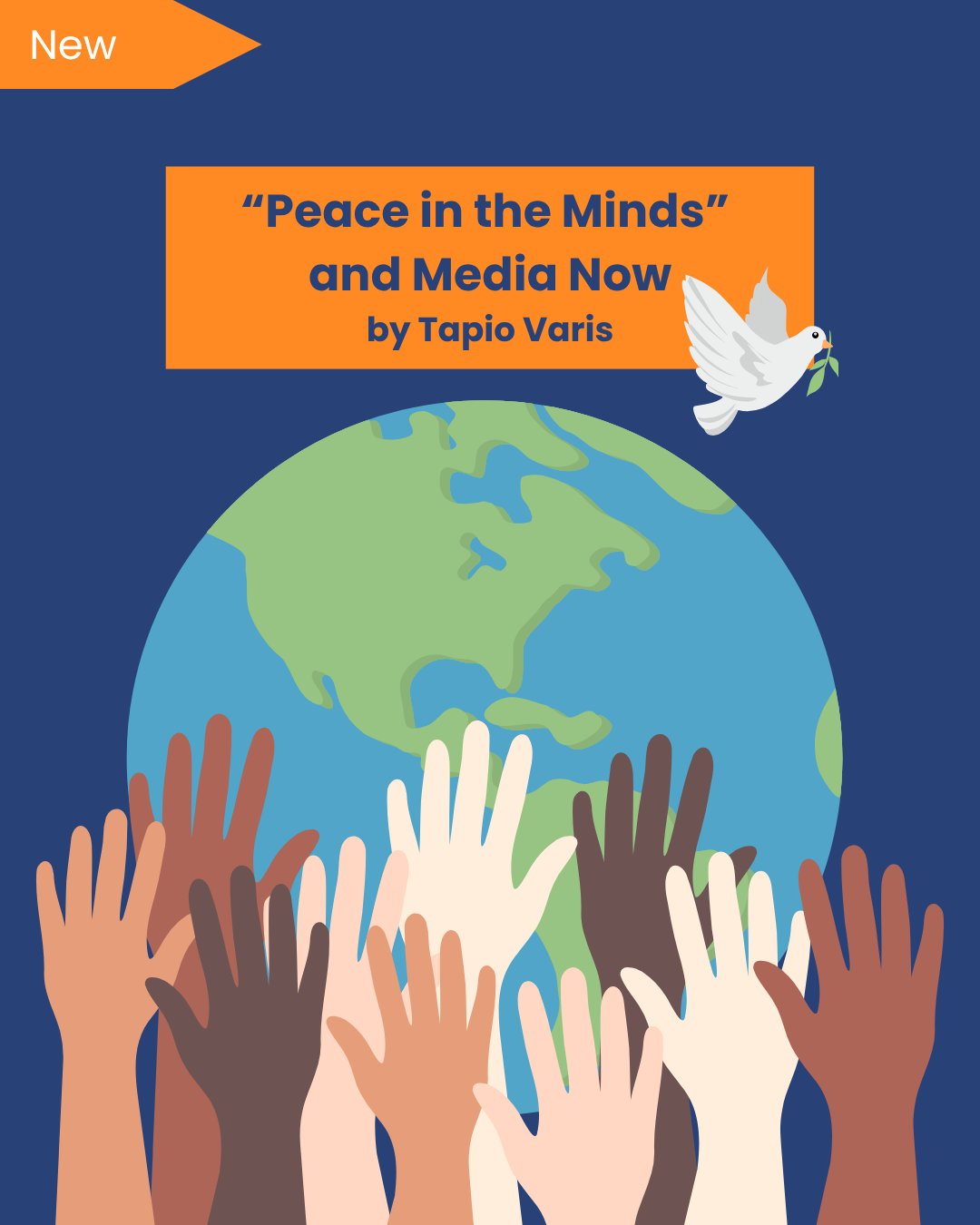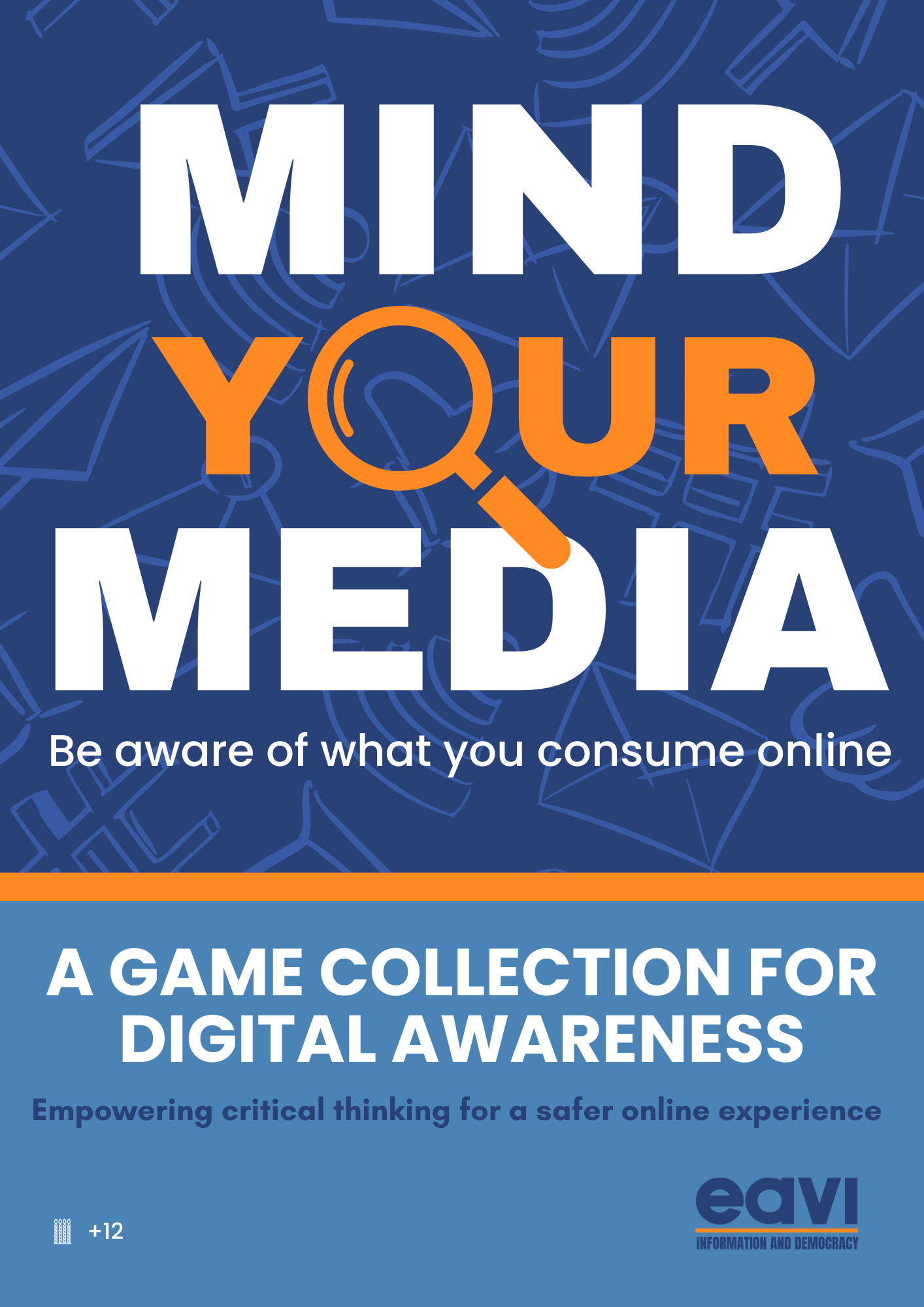
When you log in to your social media accounts, you are constantly exposed to a flood of new information and content. Every day, you are exposed to this stream of data that is competing for your attention. Being online causes us to switch rapidly between tasks, leading to a lack of presence in the offline world. While online, our attention rapidly switches between tasks on different online activities, apps, social media and websites, and by the end of the day, you may feel drained and irritated.
Although technology has brought about many improvements in our daily lives, it is important to note that excessive screen time can harm both our physical and psychological health. The physical effects of too much screen time include eye strain, headaches, difficulty sleeping, and a more sedentary lifestyle. On the other hand, psychological effects include “technostress,” a type of stress that accumulates over time and can cause a variety of symptoms such as poor concentration, irritability, memory problems, exhaustion, and changes in behaviour. Additionally, “no mobile phone phobia” is a condition that causes anxiety and distress when there is any disruption in internet connectivity, such as a lack of network access. Techno-anxiety is also a common psychological effect, as interaction with digital devices can lead to nervousness and apprehension.
But how does digital involvement create such a dependence? Digital involvement can create dependence through a process called displacement. This is when we shift our focus from non-digital activities to digital ones, as a matter of convenience. Our attention is reshaped to fit the networked digital environment, which is faster and more complex than our brains can handle. This leads to divided attention across multiple domains, such as social media, apps, and websites.
But simply disconnecting from the internet is not the solution. Our attention is the main problem, and the key to solving it. The main objective of digital platforms is to capture the user’s attention. This creates an “attention economy” where search and media algorithms capitalise on our attentional vulnerabilities. Attention information is valuable because it reveals an individual’s interests and intentions. Big tech companies exploit this vulnerability by deploying addictive designs and dark patterns to foster digital addiction. Consequently, the attention economy’s business model is centred around creating a marketplace tailored to the consumers’ digital footprint and where they spend their money.
Social media and other apps are designed to control our attention by exploiting notification mechanisms, messages, posts, fear of missing out (FoMO), likes, and rewards. These mechanisms generate infinite stimuli to capture our attention. Notification systems are designed to surprise, shock, and repeat, resulting in over-alertness. Social media messages and posts aim to promote dependency by producing short and dynamic content that captures our emotional system, which is the most impulsive aspect of attention. Digital dependence leads to the fear of missing out (FoMO), which creates anxiety that an exciting event may be happening, leading individuals to be constantly online to avoid missing out. Finally, the system of likes and rewards plays on the need to feel socially accepted, triggering individual recognition, selfishness, and self-esteem. This can lead to a harmful cycle, as tech companies develop systems that exploit users’ psychological weaknesses to maximise the time spent on their platforms, resulting in a lack of control over technology use.
In conclusion, to mitigate the addictive nature of platforms, being aware of how the attention economy works is the first step to regaining control of our focus. As such, it has become imperative to develop the ability to maintain our digital well-being as a necessary life skill.
Therefore, maintaining your digital well-being has become a necessary life skill. Digital well-being involves the healthy and balanced use of digital technologies to enhance one’s overall quality of life. It encompasses managing screen time, having a positive online presence, and fostering strategies to maintain and improve attention spans in the face of digital distractions.
–
References:
European Parliament, (2023, December 12) New EU rules needed to address digital addiction.
Giraldo-Luque, S., Aldana Afanador P.N., Fernández-Rovira, C. (2020) The Struggle for Human Attention: Between the Abuse of Social Media and Digital Wellbeing.
Harley, D. (2022) Digital Wellbeing: Making Sense of Digital Dependency. In: Mindfulness in a Digital World. Palgrave Studies in Cyberpsychology. Palgrave Macmillan, Cham.
La Torre, G., Esposito, A., Sciarra, I., & Chiappetta, M. (2019). Definition, symptoms and risk of techno-stress: A systematic review. International Archives of Occupational and Environmental Health, 92(1), 13–35.

When you log in to your social media accounts, you are constantly exposed to a flood of new information and content. Every day, you are exposed to this stream of data that is competing for your attention. Being online causes us to switch rapidly between tasks, leading to a lack of presence in the offline world. While online, our attention rapidly switches between tasks on different online activities, apps, social media and websites, and by the end of the day, you may feel drained and irritated.
Although technology has brought about many improvements in our daily lives, it is important to note that excessive screen time can harm both our physical and psychological health. The physical effects of too much screen time include eye strain, headaches, difficulty sleeping, and a more sedentary lifestyle. On the other hand, psychological effects include “technostress,” a type of stress that accumulates over time and can cause a variety of symptoms such as poor concentration, irritability, memory problems, exhaustion, and changes in behaviour. Additionally, “no mobile phone phobia” is a condition that causes anxiety and distress when there is any disruption in internet connectivity, such as a lack of network access. Techno-anxiety is also a common psychological effect, as interaction with digital devices can lead to nervousness and apprehension.
But how does digital involvement create such a dependence? Digital involvement can create dependence through a process called displacement. This is when we shift our focus from non-digital activities to digital ones, as a matter of convenience. Our attention is reshaped to fit the networked digital environment, which is faster and more complex than our brains can handle. This leads to divided attention across multiple domains, such as social media, apps, and websites.
But simply disconnecting from the internet is not the solution. Our attention is the main problem, and the key to solving it. The main objective of digital platforms is to capture the user’s attention. This creates an “attention economy” where search and media algorithms capitalise on our attentional vulnerabilities. Attention information is valuable because it reveals an individual’s interests and intentions. Big tech companies exploit this vulnerability by deploying addictive designs and dark patterns to foster digital addiction. Consequently, the attention economy’s business model is centred around creating a marketplace tailored to the consumers’ digital footprint and where they spend their money.
Social media and other apps are designed to control our attention by exploiting notification mechanisms, messages, posts, fear of missing out (FoMO), likes, and rewards. These mechanisms generate infinite stimuli to capture our attention. Notification systems are designed to surprise, shock, and repeat, resulting in over-alertness. Social media messages and posts aim to promote dependency by producing short and dynamic content that captures our emotional system, which is the most impulsive aspect of attention. Digital dependence leads to the fear of missing out (FoMO), which creates anxiety that an exciting event may be happening, leading individuals to be constantly online to avoid missing out. Finally, the system of likes and rewards plays on the need to feel socially accepted, triggering individual recognition, selfishness, and self-esteem. This can lead to a harmful cycle, as tech companies develop systems that exploit users’ psychological weaknesses to maximise the time spent on their platforms, resulting in a lack of control over technology use.
In conclusion, to mitigate the addictive nature of platforms, being aware of how the attention economy works is the first step to regaining control of our focus. As such, it has become imperative to develop the ability to maintain our digital well-being as a necessary life skill.
Therefore, maintaining your digital well-being has become a necessary life skill. Digital well-being involves the healthy and balanced use of digital technologies to enhance one’s overall quality of life. It encompasses managing screen time, having a positive online presence, and fostering strategies to maintain and improve attention spans in the face of digital distractions.
–
References:
European Parliament, (2023, December 12) New EU rules needed to address digital addiction.
Giraldo-Luque, S., Aldana Afanador P.N., Fernández-Rovira, C. (2020) The Struggle for Human Attention: Between the Abuse of Social Media and Digital Wellbeing.
Harley, D. (2022) Digital Wellbeing: Making Sense of Digital Dependency. In: Mindfulness in a Digital World. Palgrave Studies in Cyberpsychology. Palgrave Macmillan, Cham.
La Torre, G., Esposito, A., Sciarra, I., & Chiappetta, M. (2019). Definition, symptoms and risk of techno-stress: A systematic review. International Archives of Occupational and Environmental Health, 92(1), 13–35.

When you log in to your social media accounts, you are constantly exposed to a flood of new information and content. Every day, you are exposed to this stream of data that is competing for your attention. Being online causes us to switch rapidly between tasks, leading to a lack of presence in the offline world. While online, our attention rapidly switches between tasks on different online activities, apps, social media and websites, and by the end of the day, you may feel drained and irritated.
Although technology has brought about many improvements in our daily lives, it is important to note that excessive screen time can harm both our physical and psychological health. The physical effects of too much screen time include eye strain, headaches, difficulty sleeping, and a more sedentary lifestyle. On the other hand, psychological effects include “technostress,” a type of stress that accumulates over time and can cause a variety of symptoms such as poor concentration, irritability, memory problems, exhaustion, and changes in behaviour. Additionally, “no mobile phone phobia” is a condition that causes anxiety and distress when there is any disruption in internet connectivity, such as a lack of network access. Techno-anxiety is also a common psychological effect, as interaction with digital devices can lead to nervousness and apprehension.
But how does digital involvement create such a dependence? Digital involvement can create dependence through a process called displacement. This is when we shift our focus from non-digital activities to digital ones, as a matter of convenience. Our attention is reshaped to fit the networked digital environment, which is faster and more complex than our brains can handle. This leads to divided attention across multiple domains, such as social media, apps, and websites.
But simply disconnecting from the internet is not the solution. Our attention is the main problem, and the key to solving it. The main objective of digital platforms is to capture the user’s attention. This creates an “attention economy” where search and media algorithms capitalise on our attentional vulnerabilities. Attention information is valuable because it reveals an individual’s interests and intentions. Big tech companies exploit this vulnerability by deploying addictive designs and dark patterns to foster digital addiction. Consequently, the attention economy’s business model is centred around creating a marketplace tailored to the consumers’ digital footprint and where they spend their money.
Social media and other apps are designed to control our attention by exploiting notification mechanisms, messages, posts, fear of missing out (FoMO), likes, and rewards. These mechanisms generate infinite stimuli to capture our attention. Notification systems are designed to surprise, shock, and repeat, resulting in over-alertness. Social media messages and posts aim to promote dependency by producing short and dynamic content that captures our emotional system, which is the most impulsive aspect of attention. Digital dependence leads to the fear of missing out (FoMO), which creates anxiety that an exciting event may be happening, leading individuals to be constantly online to avoid missing out. Finally, the system of likes and rewards plays on the need to feel socially accepted, triggering individual recognition, selfishness, and self-esteem. This can lead to a harmful cycle, as tech companies develop systems that exploit users’ psychological weaknesses to maximise the time spent on their platforms, resulting in a lack of control over technology use.
In conclusion, to mitigate the addictive nature of platforms, being aware of how the attention economy works is the first step to regaining control of our focus. As such, it has become imperative to develop the ability to maintain our digital well-being as a necessary life skill.
Therefore, maintaining your digital well-being has become a necessary life skill. Digital well-being involves the healthy and balanced use of digital technologies to enhance one’s overall quality of life. It encompasses managing screen time, having a positive online presence, and fostering strategies to maintain and improve attention spans in the face of digital distractions.
–
References:
European Parliament, (2023, December 12) New EU rules needed to address digital addiction.
Giraldo-Luque, S., Aldana Afanador P.N., Fernández-Rovira, C. (2020) The Struggle for Human Attention: Between the Abuse of Social Media and Digital Wellbeing.
Harley, D. (2022) Digital Wellbeing: Making Sense of Digital Dependency. In: Mindfulness in a Digital World. Palgrave Studies in Cyberpsychology. Palgrave Macmillan, Cham.
La Torre, G., Esposito, A., Sciarra, I., & Chiappetta, M. (2019). Definition, symptoms and risk of techno-stress: A systematic review. International Archives of Occupational and Environmental Health, 92(1), 13–35.








































































































































































